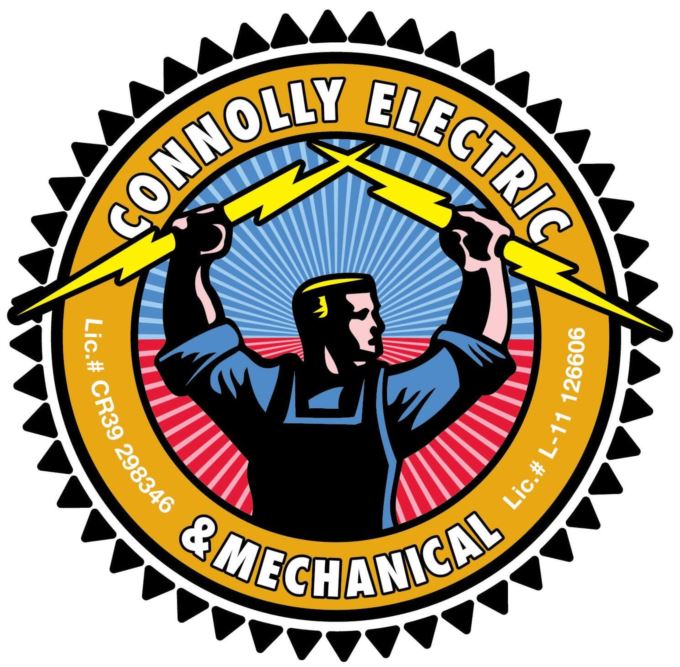
A furnace is usually a background player in your home, ensuring you're warm during the cold winter months. It frequently doesn’t get noticed until something goes wrong.
One source may be that your furnace has a cracked heat exchanger. It can potentially be hazardous, so it’s critical to know the evidence of a cracked heat exchanger and what to do if you believe that may be the problem.
What Is a Heat Exchanger in a Furnace?
A heat exchanger transfers heat from the combustion chamber of your furnace to the air that flows through the system. It typically does this using coils or tubes that heat the air while serving as a barrier to keep gas formed in the combustion chamber, called flue gasses, from leaking out into your home.
Is a Cracked Heat Exchanger Dangerous?
Because of its key role, it isn't surprising that a broken heat exchanger can be very dangerous. Cracks in the heat exchanger can allow dangerous gasses – like carbon monoxide, which can be lethal – to flow throughout your home.
For obvious reasons, don't ever turn on your furnace if you suspect it has a cracked heat exchanger, as letting it run could make your entire household sick. Contact an HVAC professional right away if you believe your heating has a cracked heat exchanger that needs to be repaired.
Four Symptoms of a Cracked Heat Exchanger:
- Furnace switches off: A crack in your heat exchanger can cause your furnace to shut off.
- Odd Smells: If the air leaving your furnace has an intense chemical scent, it might be evidence gas is slipping through cracks in your heat exchanger. These gasses, which can smell like formaldehyde, are a common warning sign.
- Carbon monoxide alarm goes off or you recognize health problems: If a cracked heat exchanger is relieving carbon monoxide in your home, your carbon monoxide alarm may go off or family members could experience signs of carbon monoxide poisoning. Complications include headaches, dizziness, weakness, nausea, vomiting or feeling sleepy. If an alarm goes off or you feel unusually tired, leave the home right away and then call for help.
- Soot: If you find black sooty accumulating near the exterior of your furnace, it’s another sign something might be seriously wrong.
What to Do if the Furnace Heat Exchanger is Cracked
If you worry your furnace has a cracked heat exchanger, hire a professional with extensive experience in furnace installation Cottonwood & Prescott right away so they can examine your system and, if needed, start a furnace heat exchanger replacement. Costs often fluctuate depending on the situation, but estimates run in the neighborhood of $1,000 to $3,000.
Estimates aside, the good news is that heat exchangers are generally included in the warranty. It's a good idea to review the warranty paperwork on your furnace, because while the warranty might not cover the entire cost of repairs, it could significantly reduce your bill.
How to Prevent a Cracked Heat Exchanger in Your Home
One of the most convenient ways to avoid problems in your furnace overall is through consistent furnace maintenance. Furnaces work the best when they work efficiently. Contacting a certified professional to examine your furnace for broken-down parts, clogged filters and other potential problems can keep you from getting a big bill later on.
It’s also beneficial to review your furnace filters every few months – it’s recommended some filters be replaced every 90 days or sooner if they are dirty or grimy. While the filters aren't a part of the heat exchanger itself, the strain of pulling air through a clogged filter makes the entire furnace work longer to do its job. And the harder your furnace works, the more deterioration components like the heat exchanger will experience.




